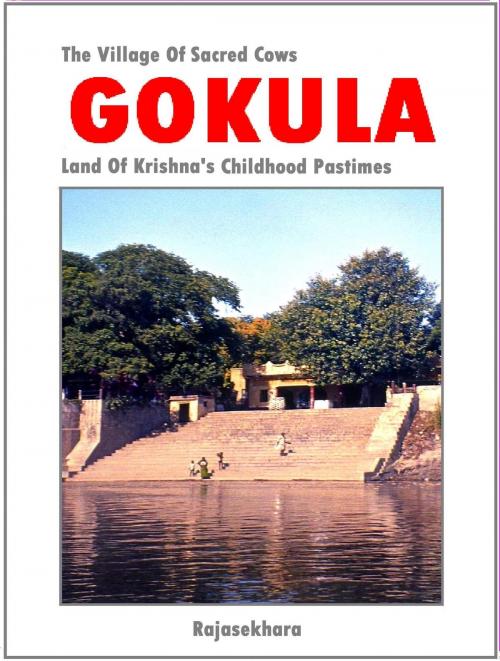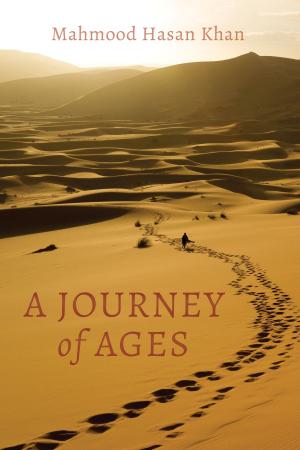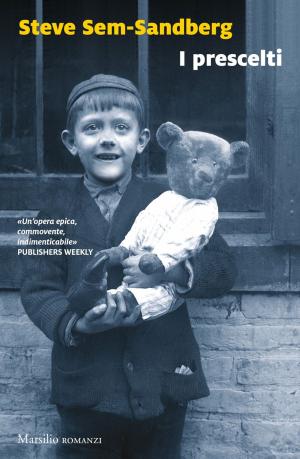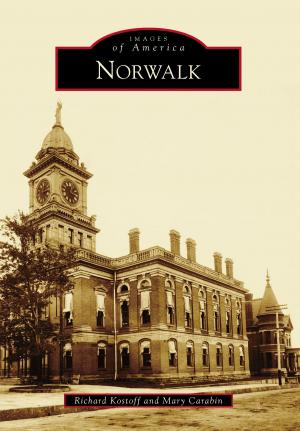Gokula: The Village Of Sacred Cows - Land Of Krishna’s Childhood Pastimes
Nonfiction, Religion & Spirituality, Reference, History| Author: | Rajasekhara | ISBN: | 9781311527592 |
| Publisher: | Rajasekhara | Publication: | May 24, 2015 |
| Imprint: | Smashwords Edition | Language: | English |
| Author: | Rajasekhara |
| ISBN: | 9781311527592 |
| Publisher: | Rajasekhara |
| Publication: | May 24, 2015 |
| Imprint: | Smashwords Edition |
| Language: | English |
The original village of Gokula where Lord Krishna performed His childhood pastimes is now known as Mahavana. This is because the original village of Gokula lies within the area once covered by the sacred forest of Mahavana. The forest of Mahavana is one of the twelve sacred forests of Vraja and although it was once a large and verdant forest, with a parikrama of around twelve kilometers, there are hardly any trees remaining of the forest today. Mahavana was the second largest forest in Vraja after Kamyavana, and the name Mahavana means ‘great forest’. Nevertheless, one can still see all the places where Krishna enjoyed His transcendental pastimes during His early childhood or kaumara-lila at Gokula. The ancient village of Gokula, now called Mahavana, is the original village where Nanda Maharaja and Yashoda Mayi had their residence and where Krishna spent the first three and a half years of His childhood. The name ‘Gokula’ actually means the residential place of cows. The word ‘go’ means ‘cow’ and ‘kula’ means ‘residence’ or ‘living place’, or in other words Gokula was a village inhabited by cowherd men and their cows.
Krishna’s childhood pastimes at Gokula are very sweet and innocent, and thus these pastimes are easily understood by ordinary people in general. On the other hand, Krishna’s amorous pastimes with the young gopis of Vraja, are not so easily understood, even by greatly learned scholars and philosophers. However, Krishna’s pastimes of stealing butter and yogurt from the houses of the married gopis and feeding it to His friends as well as the monkeys, or His slaying of so many evil demons, are all pastimes which can be understood and appreciated by people of all ages.
The original village of Gokula where Lord Krishna performed His childhood pastimes is now known as Mahavana. This is because the original village of Gokula lies within the area once covered by the sacred forest of Mahavana. The forest of Mahavana is one of the twelve sacred forests of Vraja and although it was once a large and verdant forest, with a parikrama of around twelve kilometers, there are hardly any trees remaining of the forest today. Mahavana was the second largest forest in Vraja after Kamyavana, and the name Mahavana means ‘great forest’. Nevertheless, one can still see all the places where Krishna enjoyed His transcendental pastimes during His early childhood or kaumara-lila at Gokula. The ancient village of Gokula, now called Mahavana, is the original village where Nanda Maharaja and Yashoda Mayi had their residence and where Krishna spent the first three and a half years of His childhood. The name ‘Gokula’ actually means the residential place of cows. The word ‘go’ means ‘cow’ and ‘kula’ means ‘residence’ or ‘living place’, or in other words Gokula was a village inhabited by cowherd men and their cows.
Krishna’s childhood pastimes at Gokula are very sweet and innocent, and thus these pastimes are easily understood by ordinary people in general. On the other hand, Krishna’s amorous pastimes with the young gopis of Vraja, are not so easily understood, even by greatly learned scholars and philosophers. However, Krishna’s pastimes of stealing butter and yogurt from the houses of the married gopis and feeding it to His friends as well as the monkeys, or His slaying of so many evil demons, are all pastimes which can be understood and appreciated by people of all ages.















